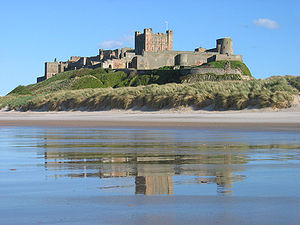| Millennium: | 1st millennium |
|---|---|
| Centuries: | |
| Decades: | |
| Years: | |
| 547 by topic |
|---|
| Leaders |
| Categories |
| Gregorian calendar | 547 DXLVII |
| Ab urbe condita | 1300 |
| Assyrian calendar | 5297 |
| Balinese saka calendar | 468–469 |
| Bengali calendar | −47 – −46 |
| Berber calendar | 1497 |
| Buddhist calendar | 1091 |
| Burmese calendar | −91 |
| Byzantine calendar | 6055–6056 |
| Chinese calendar | 丙寅年 (Fire Tiger) 3244 or 3037 — to — 丁卯年 (Fire Rabbit) 3245 or 3038 |
| Coptic calendar | 263–264 |
| Discordian calendar | 1713 |
| Ethiopian calendar | 539–540 |
| Hebrew calendar | 4307–4308 |
| Hindu calendars | |
| - Vikram Samvat | 603–604 |
| - Shaka Samvat | 468–469 |
| - Kali Yuga | 3647–3648 |
| Holocene calendar | 10547 |
| Iranian calendar | 75 BP – 74 BP |
| Islamic calendar | 77 BH – 76 BH |
| Javanese calendar | 435–436 |
| Julian calendar | 547 DXLVII |
| Korean calendar | 2880 |
| Minguo calendar | 1365 before ROC 民前1365年 |
| Nanakshahi calendar | −921 |
| Seleucid era | 858/859 AG |
| Thai solar calendar | 1089–1090 |
| Tibetan calendar | 阳火虎年 (male Fire-Tiger) 673 or 292 or −480 — to — 阴火兔年 (female Fire-Rabbit) 674 or 293 or −479 |

Year 547 ( DXLVII ) was a common year starting on Tuesday of the Julian calendar. The denomination 547 for this year has been used since the early medieval period, when the Anno Domini calendar era became the prevalent method in Europe for naming years.